Are you ready for a Cabo Pulmo diving session?
Referred to as the only living reef in the Sea of Cortez, Cabo Pulmo National Park is a Mexican marine reserve in Baja California Sur, home to a fantastic variety of marine life, hence a popular destination for divers from all over the world.

Since 1995, strong conservationist groups have been pushing hard on Mexico’s government to create this magnificent protected area. And as from 2005, this beautiful place was declared a UNESCO World Heritage Site.
Thanks to activism, Cabo Pulmo National Park is now returning to what it once was— or at least, that’s what it seems; hopefully, we’ll see much more of it in the years to come.
Keep reading our post to find out everything you need to know about Cabo Pulmo diving, including how to get there, weather and diving conditions, when is the best season to dive, what you need to know before diving, and so on!
Dive in Cabo Pulmo
Let’s talk about why every diver should take a shot in this fantastic marine reserve. And quite frankly, the answer is simple, Cabo Pulmo National Park is a renowned diving destination for many reasons:
- It is one of the most well-preserved marine ecosystems in the world.
- Coral reefs here are healthy and vibrant, making for some of the best diving in Mexico.
- High potential to witness a wide variety of marine life, including giant rays, sharks, whales, and dolphins.
- There are several excellent dive sites within the park, each with its own unique features—we will get to that part later.
If you’re an adventurer searching for an amazing diving experience in Baja Sur, Cabo Pulmo is definitely the place to go!
Cabo Pulmo Location
As described above, Cabo Pulmo National Park was founded on October 18, 1995, to protect and restore the coral reef ecosystem—and it’s working fantastically so far.
This marine reserve is located in the Cabo Pulmo municipality of the Mexican state of Baja California Sur. For those unfamiliar with this area, Cabo Pulmo is a small town on the Sea of Cortez, about halfway between Cabo San Lucas and La Paz.
As we all know, this incredible marine ecosystem is well known for its excellent scuba diving and snorkeling, and in the following lines, we will share how to get there.
How to Get to Cabo Pulmo
The Cabo Pulmo National Park is a beautiful place to visit, and luckily for us, it’s relatively easy to get there from Los Cabos and La Paz.
First of all, Baja California Sur is a developing area, meaning the public transport is barely decent inside the cities—let alone in remote areas like Cabo Pulmo!
So, the best way to get to the marine reserve, by far, it’s driving your own car. The second best is getting a car rental, which is quite accessible; plus, you don’t really need 4x4s— just move slowly and carefully, and you’ll be fine.

Since most Baja travelers choose Los Cabos as their leading destination, driving from San José del Cabo will be pretty straightforward.
Actually, this is where Los Cabos International Airport is located, and in our experience, it could be easier to find attractive car rental rates here.
There is also a very comfortable alternative to get there: booking a tour that will take you directly to the park so you can skip the driving hustle.
Drive from San José del Cabo:
Basically, there are 2 alternatives to get to Cabo Pulmo, either through Highway 1 (1.5 hours) or Camino Cabo Este (2.0 hours).
Head north along Highway 1 (100km)
Drive on Highway 1 to get to La Ribera town. Once there, you’ll have to drive down about 15 minutes on a paved road, then 20 minutes on a dirt road before you get to the park.
Drive Alert – La Ribera is the nearest area where you can get fuel and groceries; also, you’ll not have enough mobile signal once you pass this point— yep, Cabo Pulmo is all about nature!

Head south along Camino Cabo Este (70km)
If you are up to the scenic coastal route, you can drive on Camino Cabo Este, although this is a much longer journey due to the “rustic road” ahead—don’t worry, it’s drivable enough for most vehicles.
Once you are in San José del Cabo, make sure you drive through the newly paved road of Camino Cabo Este— this is a tiny shortcut that will connect you back with the original route when you get near Casa Bellamar.
Drive Alert – Just drive straight through the lane and don’t turn to the right at the roundabout you’ll find on the city’s outskirts— if this applies to you, ignore google maps as this is a blocked route.
Drive From La Paz:
If you are driving from La Paz, there are also two routes. The main route—also the most enjoyable if you asked me, is down Highway 1 (2.5 hours). Another way is driving on the 286 road and merging with Highway 1 once you arrive at San Antonio town.

Head south along Highway 1 (160km)
If you take this route, you’ll be able to enjoy the beautiful Baja Sur landscape—cactus forests and rocky mountains on the back, while you drive on a comfortable paved road. The main attractions here are San Antonio and El Triunfo towns.
Another town worthy of a visit while you head to Cabo Pulmo is Los Barriles, which is very close to La Ribera. From here, it’s basically the same as driving from San José del Cabo.
Head south along 286 road (167km)
This road will take you closer to the coast, but you will miss El Triunfo as a stop. The route is the same you have to take to get to El Sargento or La Ventana— also places worth all the driving!
Cabo Pulmo Weather
The weather in the park is mild all year round, with temperatures significantly warmer than most areas in all Mexico.
From January to December, you’ll have a temperature climb from 18.1°C (64.6°F) to 36.6°C (97.9°F), being the hottest period between July and August, and the coldest would be February.
The Cabo Pulmo area experiences little rainfall, so it’s generally sunny, although there can be some clouds and fog during the winter months.
If you need a monthly weather description, you can check out this complete guide of Cabo Pulmo here.
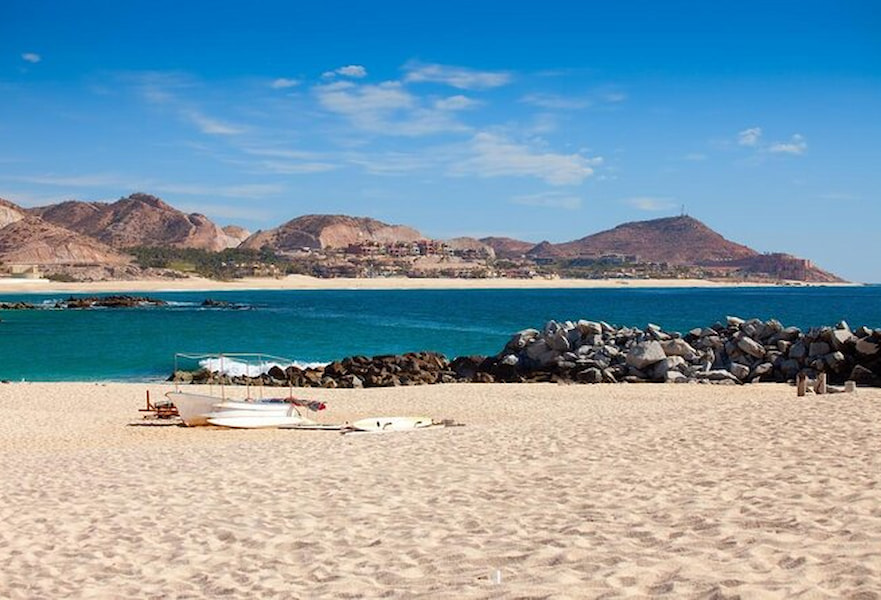
Cabo Pulmo Water Temperature
Overall, we can say the ocean temperature is comfortable year-round. The minimum water temperature occurs in February (18.5°C / 65.3°F), while the maximum is in September (31.5°C / 88.7°F).
The average annual water temperature in Cabo Pulmo is 24.6°C (76.28°F), with modest variations:
- Winter —– 20.7°C / 69.26°F
- Spring —– 21.9°C / 71.42°F
- Summer — 27.6°C / 81.68°F
- Autumn —- 28.1°C / 82.58°F
And because we think you might need more than that to jump into a diving experience, we strongly recommend you to check out this fabulous Cabo Pulmo Water-Temperature Guide.
Diving Conditions
Well, according to many experienced diving bloggers and seasoned Baja Sur travelers, Cabo Pulmo is definitely worth a visit if you’re looking for some of the best diving conditions in the world:
- The Cabo Pulmo National Park is located on the east cape of the Baja Peninsula and is known for hosting the oldest reef on the western coast of North America.
- The diving conditions in Cabo Pulmo are considered to be some of the best in the world, with an ideal oceanic climate, reefs, and pinnacles.
- Being a protected area, marine life in Cabo Pulmo National Park is surprisingly thriving in the best way possible— some people say it’s a beautiful miracle!
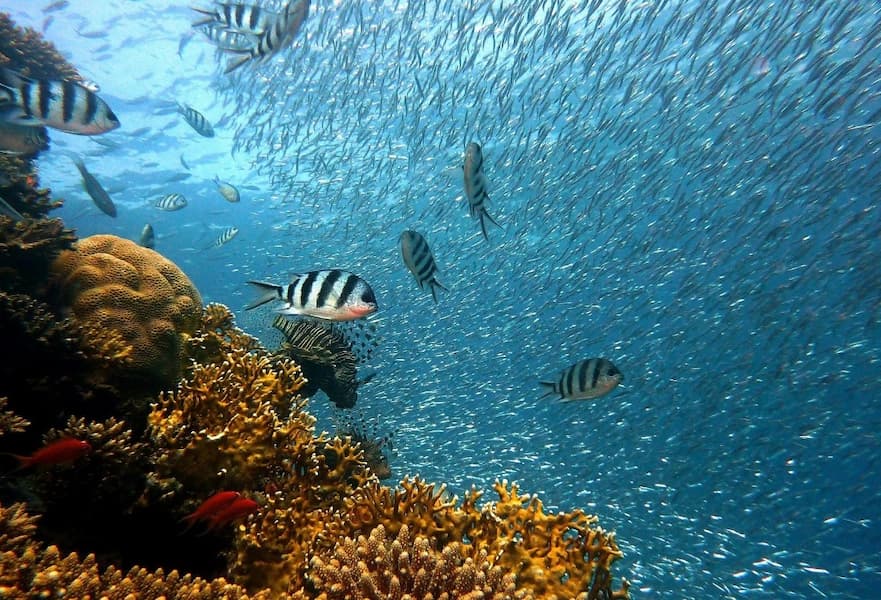
- Hosting over 6,000 marine species, including groupers, sea turtles, giant stingrays, garden eels, whale sharks, humpback whales, and dolphins, just to name a few!
- And of course, one of the most valued attractions here is the sharks— diving next to bull sharks and whitetip sharks is an absolute delight.
- The visibility is often in a range of 10 – 30m (about 100 feet), and the dive sites are varied and exciting, allowing intermediate, advanced, and expert level divers to embrace a fantastic experience in Cabo Pulmo— we’ll get to that part below.
When to Dive?
Cabo Pulmo is a year-round diving site with plenty of species you can sight anytime and great average water temperature ranges.
But if you want to make the best of this experience, diving into Cabo Pulmo National Park during the winter when the water temperature is colder is better. The visibility is also at its best, making it a great place to explore.
There is plenty of marine life to see, including large species like whale sharks, humpback whales, rays, and sharks.
If you’re looking for a more quiet and peaceful diving experience, consider visiting during summer.
The water temperature is slightly warmer, but the visibility can be somewhat poorer. However, you’ll likely have the park to yourself and will be able to enjoy its beauty without having to worry about crowds.
Quick travel tips:
- Remember that the park can get busy during peak season, so be sure to book your dive trip in advance.
- Just be sure to plan ahead and book your trip with a reputable diving company— we’ll get to that part later in this post.
Cabo Pulmo Diving Sites
In Cabo Pulmo, there are 10 diving sites you can explore. Still, the most popular are El Bajo, El Cantil, El Vencedor, and The Jacks, all offering a fantastic variety of coral reefs and marine life you’ll never forget.
El Bajo
El Bajo is the preferred spot of many experienced divers, and it is not a surprise this one is considered the most popular. Here you can find a variety of coral species hosting a massive amount of marine life: turtles, snappers, angelfish, parrotfish, large schooling groupers, hawkfish, and much more.
El Cantil
El Cantil is located north of the Cabo Pulmo reef, presenting a unique topography with small canyons covered in sea fans and staghorn coral. This allows a fantastic marine life variety and vast schools of fish and reef sharks; you’ll see a similar diversity found in El Bajo, like dogtooth snapper, porkfish, grouper, and so on.
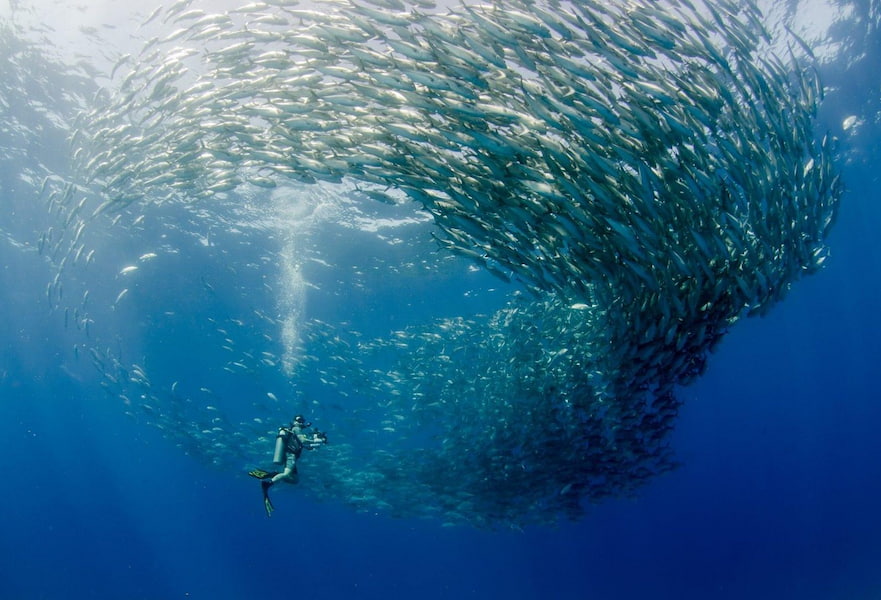
El Vencedor
This small site is named after a cargo boat that sank more than 30 years ago. Today is considered a cleaning station for bull sharks, and it’s actually one of the best dive sites to have an encounter with these magnificent creatures.
El Vencedor is also a shelter for many school fish like giant grouper, snapper, giant moray eels, amberjack, and pompano, just to name a few.
The Jacks
This is undoubtedly the most iconic diving spot in Cabo Pulmo. Prepare to witness the majestic big-eyed trevally jack tornados in all their glory! Thousands of these fellas dance synchronously as part of mother nature’s magical bliss. This is where the big action is found!
Advice Before Diving
Cabo Pulmo National Park is a world-renowned diving destination, and for a good reason. This beautiful reef system has around 20,000 years old, and thanks to the conservationist’s efforts, it seems like it will keep growing back to what it once was.
In Cabo Pulmo National Park, you’ll be able to explore some of the most beautiful coral reefs in Mexico.
But before you dive in, there are a few things you need to know beforehand to help make your experience as safe and enjoyable as possible:
- Prepare a conscious food supply for the time you’ll be there. Cabo Pulmo is not a developed area, so you’ll find food options a little bit scarce.
- Keep in mind that mobile reception is not great; plan all your comms to avoid surprises.
- Bring some cash to pay the entrance fee (5 – 15 bucks per vehicle a day).
- Make sure you bring your diving license. Click here for more information.
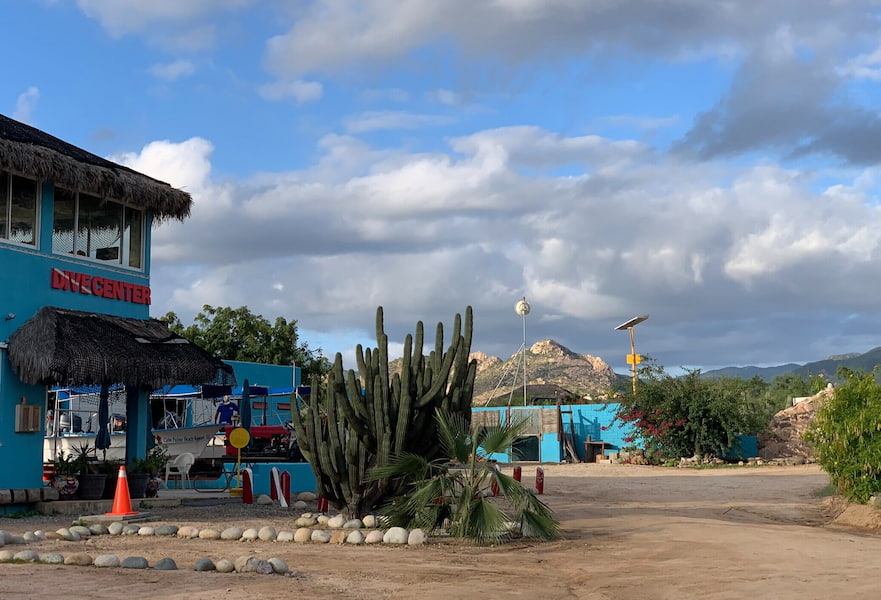
- Before heading out, check out the forecast. The access to diving activities might be closed if the weather does not allow safe discoveries.
- Follow instructions from a certified diver. Every diving site has its own risks, and it’s essential to be cautious at all times.
With these tips in mind, you’re ready to explore the wonders beneath the surface of Cabo Pulmo National Park and have an unforgettable diving experience!
Cabo Pulmo Dive Tours
If you are getting ready for your next Baja Sur adventure in Cabo Pulmo, several dive tours are available in the park, and the best-rated ones are often full-day trips.
As we mentioned in our section “How to Get to Cabo Pulmo,” you can also save yourself the driving hustle and book a tour outside the park.
We did a little bit of research and found these popular diving companies could offer great diving adventures according to hundreds of online reviews:
- Cabo Pulmo Travel
- Pepe’s Dive Center Cabo Pulmo
- Cabo Pulmo Divers
- Cabo Adventures (based in Cabo San Lucas)
- Cabo Trek (based in Cabo San Lucas)
If you’re looking for a dive tour that offers a variety of sites to explore, we can assure you any of these companies are a great option to lean on.
Overall, the park has something magical and memorable for everyone; whether you’re a beginner or an experienced diver, be sure you’ll be utterly amazed by the only living reef in the Sea of Cortez!
Let’s Dive in!
No matter how you choose to get there, the Cabo Pulmo National Park is well worth the visit. Explore the beautiful coral reefs and witness abundant marine life; it’s a diving and snorkeling paradise!
With its crystal-clear waters and stunning coral formations, the park offers divers of all experience levels an unforgettable underwater experience.
So what are you waiting for? Get ready to dive in and experience the wonders of Cabo Pulmo National Park firsthand! You won’t regret it.
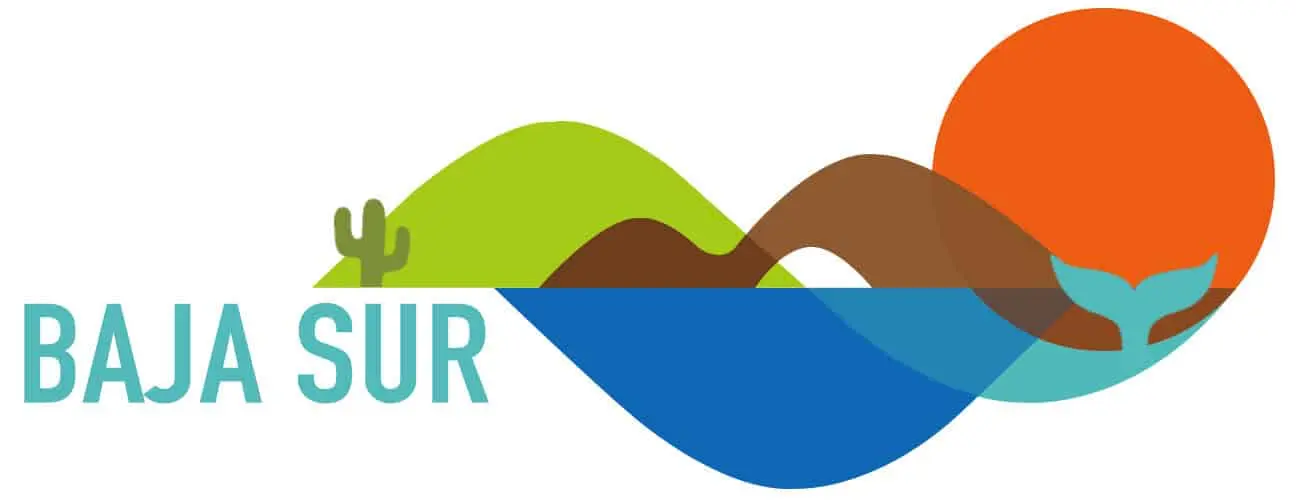

Is there any level of previous experience to book with you guys?
Hello, We don’t offer a diving service, but we recommend you check out the Cabo Pulmo Dive Tours suggested in the article 🙂